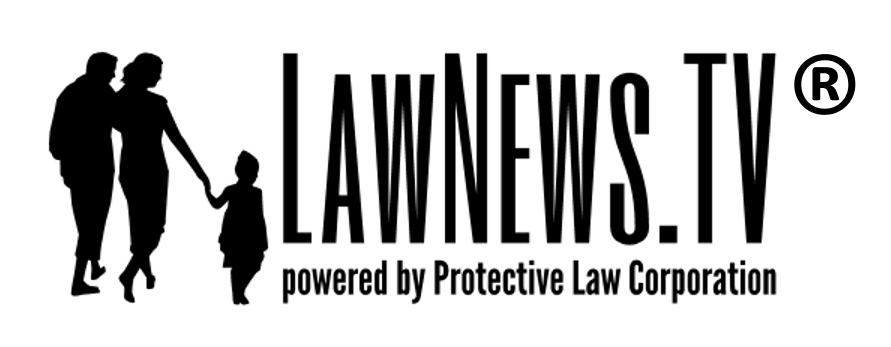Asset protection is an important benefit an estate plan can provide for your family, but oftentimes there is no such planning with respect to retirement assets. This is why I have long encouraged clients to consider a separate “Standalone Retirement Trust” (SRT) in addition to a standard revocable trust, or even one with asset protection features.
On June 12, 2014 the United States Supreme Court handed down its opinion in Clark v. Rameker, 573 U.S. ____ (2014). The Court held unanimously that retirement funds inherited by a beneficiary from the original plan participant are not considered to be “retirement funds” within the meaning of the federal bankruptcy exemptions found at 11 U.S.C. §522(b)(3)(C). As a result, a debtor’s bankruptcy trustee may consider the inherited IRA to be an asset of the bankruptcy estate, available to satisfy creditors’ claims.
Importantly, the Court found that inherited IRAs do not operate the same way as an individual’s own retirement account. A participant’s own IRA is subject to early withdrawal penalties if taken out early, and an inheritor of an IRA must take out distributions from the inherited account either within 5 years of the plan participant’s death, or over the individual beneficiary’s remaining life expectancy as calculated under tables issued by the IRS determining annual Minimum Required Distributions.
Clark v. Rameker argues very strongly in favor of setting aside retirement accounts that will pass upon the death of the plan participant into a special type of trust designed not only to protect the inheritance from future creditors of the beneficiary, but also to ensure that the trust qualifies as a Designated Beneficiary under IRC §401(a)(9)(e) and the Regulations promulgated under that Section. [See Internal Revenue Code §§408(a)(6); 401(a)(9)(B); CFR §1.408-8 (Q-1 and A-1(a)).]
Because a Standalone Retirement Trust is established as a third-party trust for a beneficiary and is funded with retirement assets from a plan participant at death, the asset protection features of general irrevocable, third-party trust laws will apply. In most jurisdictions a beneficiary under such a trust enjoys substantial protection from claims of future creditors, because the beneficiary did not establish the trust, did not fund the trust with her own assets, and cannot modify the trust. If the beneficiary does not serve as trustee but has an independent trustee with purely discretionary power over trust distributions, the asset protection will be greater still.
Standalone Retirement Trusts must be carefully drafted in order to ensure that the trust qualifies as a “Designated Beneficiary” and may thus take out the Minimum Required Distributions as measured against the beneficiary’s life expectancy. Charitable beneficiaries, certain distribution standards, and certain powers of appointment all have the potential to cause the trust to fail as a Designated Beneficiary, which would then require the entire inherited IRA to be withdrawn within 5 years of the plan participant’s death. But when drafted properly, the Standalone Retirement Trust will not only qualify for the stretch-out of the inherited IRA, but it will also safeguard the inherited account from the creditors of the trust’s beneficiary.
The Supreme Court has made it clear that U.S. Bankruptcy law will not protect the inherited IRA from the claims of a beneficiary’s creditors. But if you establish a Standalone Retirement Trust now, your hard-saved retirement will not be wasted if your beneficiaries are later attacked by predatory creditors.







